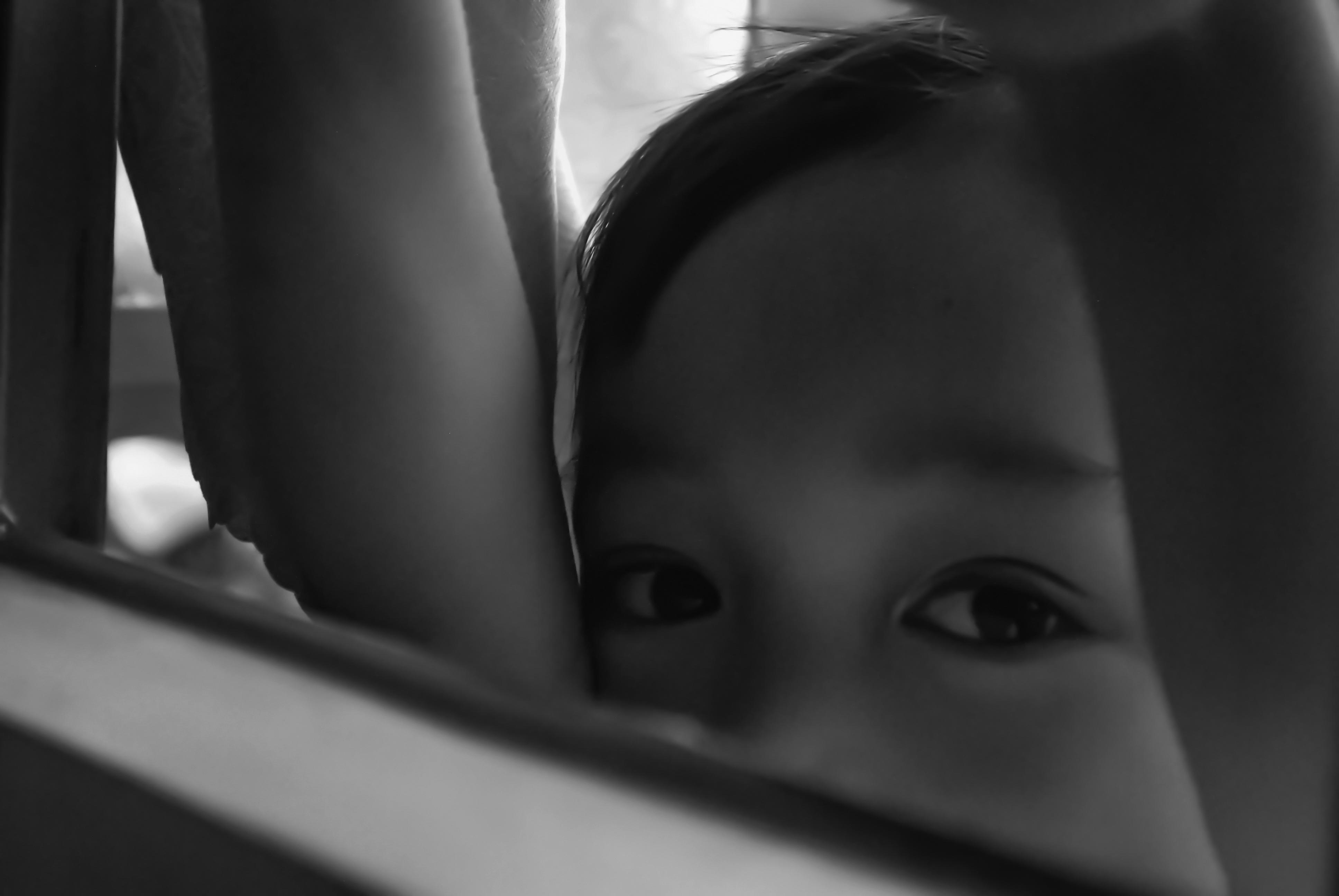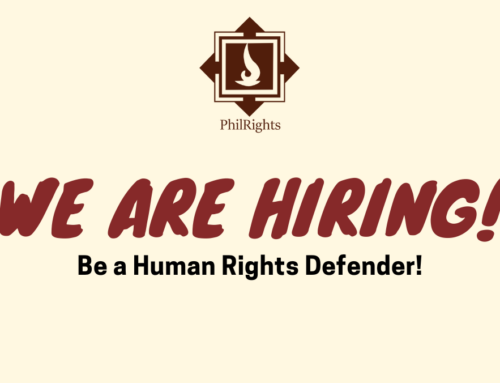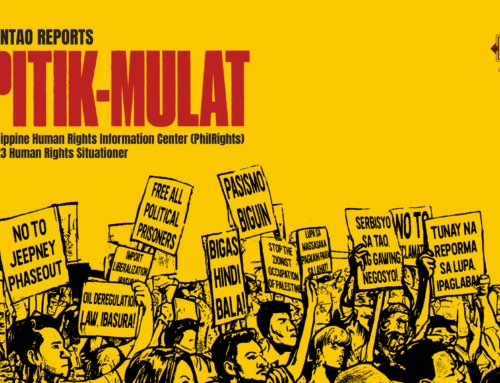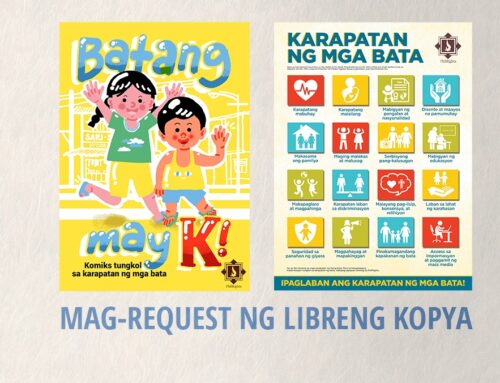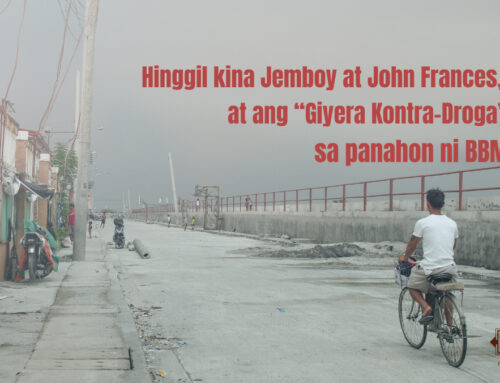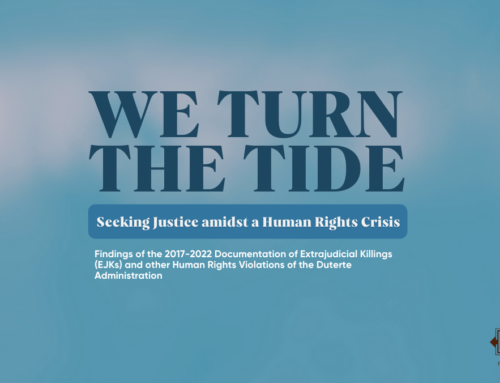by PhilRights Staff
The name Berna Espina gained instant social media notoriety this past week when a video spread over Facebook about a three-year-old girl whose face was marked with bruises.
The video shows the child being interviewed by an unseen woman, later identified as the child’s aunt. When asked about her bruises, the child replied that it was Berna, who was also in the room where the video was being taken. The child also described what was done to her: “Bugbog, sampal, palo.”
The video blew up over social media, with many netizens tracing the alleged perpetrator as Berna Espina, who then received a barrage of hateful messages decrying her alleged abuse of the kid.
Soon it was revealed that Berna is a common-law partner of the child’s father and that the abuse happened on August 8.
State protection against child abuse
Every Filipino child is protected by the United Nations Convention on the Rights of the Child. Special laws that are anchored to the principles of the convention were created by Filipino legislators to further protect children’s rights.
Child abuse as defined by RA 7610 or the Special Protection of Children Against Abuse, Exploitation and Discrimination Act, is the maltreatment, whether habitual or not, of the child which includes physical and psychological abuse, neglect and cruelty, sexual abuse and emotional maltreatment. It further states that any act violating the child’s inherent worth and dignity as a human being is categorized as abuse.
In our country, children’s rights are monitored by numerous government and non-government organizations modeled to supplement their primary welfare needs and to deter violations. Government agencies such as the Department of Social Welfare and Development (DSWD) and the Council for the Welfare of Children (CWC) advocate for the important roles of adults, parents and guardians to uphold the rights of children.
Despite these efforts, however, many children across the country who experience abuse are left voiceless — manipulated and intimidated by their abusers. We come from a culture where openly talking about abuses is still taboo. Physical abuse is also often justified as a valid form of disciplinary action done out of love and concern for the child’s overall wellbeing. What we don’t see are the implications of these experiences to the child’s formative years. The process of values building, shaping of morals and definition of love and compassion are tarnished by trauma.
That the three-year-old girl’s video went viral should serve as a reminder that these abuses are often normalized. It shouldn’t take extreme cases such as this for the adults in society and for government agencies to be proactive in safeguarding Filipino children’s wellbeing.
That said, claiming justice for the child should not be through a public flogging. In a media interview, Berna Espina decried the harassment she has received online. Concerned netizens should remember that online threats and harassment are not in any way contributing to the child’s recovery.
Indeed, it is the State who needs to act promptly. To this end, the DSWD released a statement saying that the child is now under the custody of her paternal grandaunt. The statement also reported that a DSWD social worker is in close coordination with the hospital which admitted the child to assess the child’s needs.
A formal investigation by the Local Social Welfare and Development Office (LSWDO) of Dasmariñas, Cavite in partnership with DSWD Central Office – Community Programs and Services Bureau is also now being conducted.
To learn more, visit our Children’s Rights resources page.



